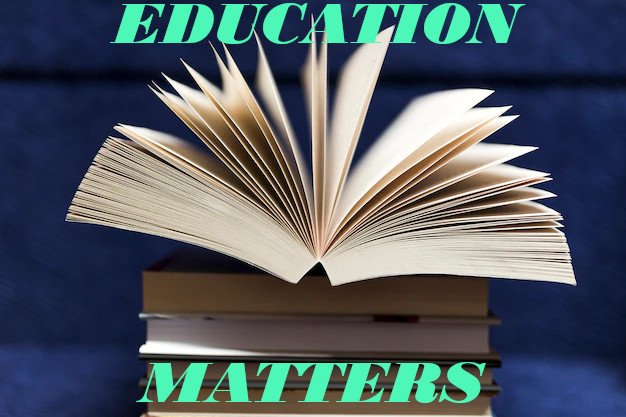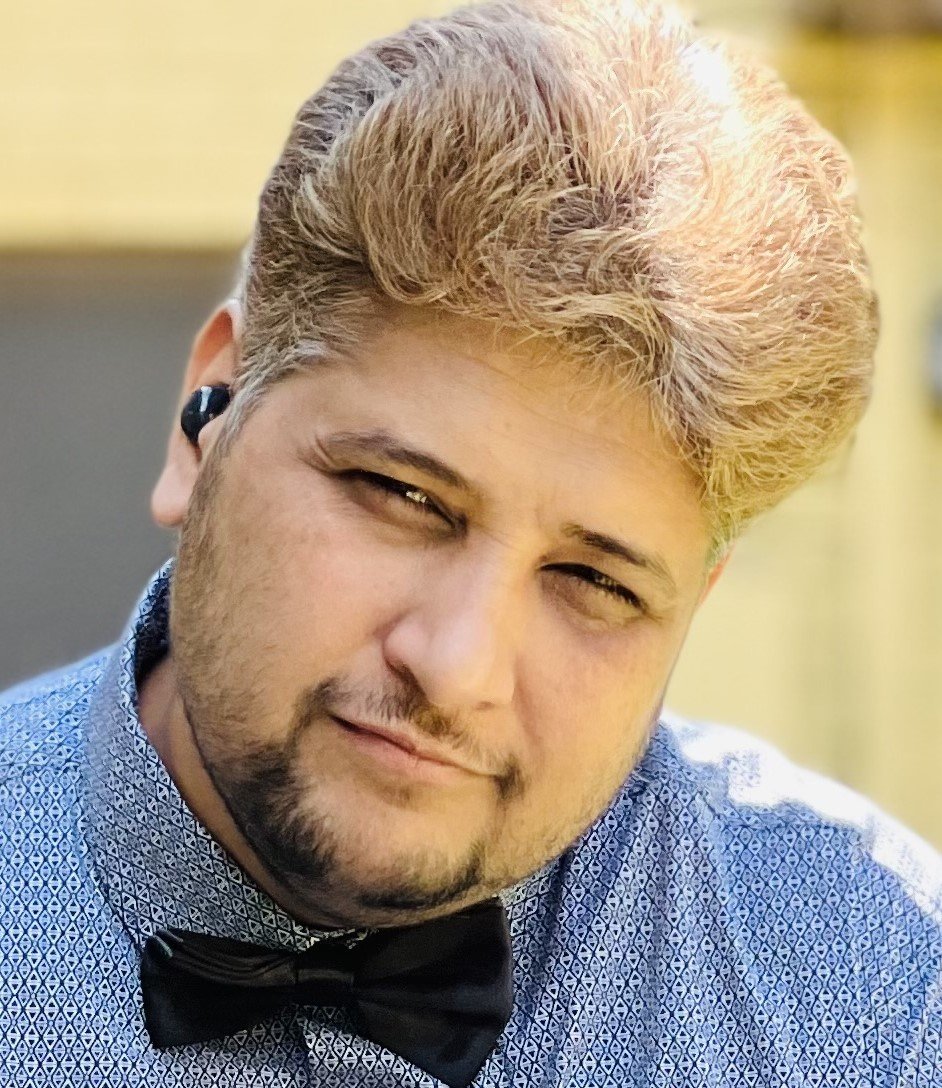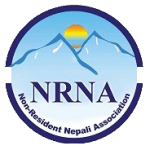Education Matters: Nepal’s Curriculum and Global Perspectives

In the preceding article “Education Matters: Rethinking Assessment”, we questioned Nepal’s traditional testing practices and advocated for scientifically accurate, reliable, and unbiased assessments. In this article, we turn our attention to the curriculum itself. We explore Nepal’s current curriculum in the context of international K-12 education, considering how it aligns with global practices, critically examining the gaps and outlining the steps needed to enhance competitiveness in the global market.
Disclaimer
While the landscape of the curriculum design is vast and includes specialized areas such as tertiary education, special education, and gifted education, both on global and local scales, the focus of this article remains firmly on the terrain of general education in the K-12 system. The principles and historical developments outlined here reflect the broader trends and theories that have shaped the general educational practices and philosophies. This focus allows us to explore the universal themes and foundational concepts that continue to guide educators, policymakers, and stakeholders in shaping the future of education.
History and Theory
The historical and philosophical foundations of the curriculum span from ancient civilizations to modern-day America. Rooted in Greek, Roman, Hebrew, and Christian traditions, the curriculum has undergone a transformation to align with societal needs and cultural values. Ancient Greeks prioritized citizenship and rational thinking, while the Romans focused on state defense and tradition, and Christian education focused on moral development. In the United States, the concept of the curriculum has evolved from the 18th century, guided by influential thinkers such as John Franklin Bobbitt in 1918, who likened curriculum to a “racecourse”. This symbolizes a guided journey through which children grow to become successful adults in society. Traditional education has maintained a conservative role, aiming to preserve cultural heritage from one generation to the next, as Linda J. Button noted in her 2021 book Curriculum Essentials: A Journey.
Several curriculum design models have evolved over time, building upon foundational theories such as Ralph Tyler’s 1949 technical-scientific approach. Tyler’s influential four–question guide has been instrumental in shaping subsequent models by scholars who laid the groundwork for subsequent models, such as D. K. Wheeler, John Goodlad, John Kerr, and Hilda Taba. For example, Goodlad’s Curriculum Design (1966) enriched the model by adding values, research knowledge, and student needs as data sources, thereby contrasting Tyler’s view of values. Taba’s works (published in 1962, 1962, & 1979) emphasized the roles of teachers and advocated for a bottom-up approach. In contrast, Wheeler’s Model (1967) reimagined curriculum design as a cyclic rather than linear process. Similarly, Kerr’s approach emphasized organized, sequenced knowledge, using evaluation to estimate efficiency. In the modern era, innovative frameworks such as ADDIE, Bloom’s Taxonomy, Backward Design/Understanding by Design (UbD), Design Thinking Framework, and TPACK have been developed on these pioneering models, reflecting the dynamic nature of curriculum design in our ever-changing educational landscape. Building on this historical foundation, let’s now turn to contemporary international practices.
International Practices
From an international perspective, the scope of curriculum studies encompasses theory, planning, design, development, implementation, and evaluation. Theory informs what should be taught, planning determines relationships between components, and development involves preparing materials. Implementation brings these plans to life in the classroom, while evaluation measures the quality of the curriculum. Stakeholders such as teachers, administrators, parents, and the local community play vital roles throughout this process, with a needs assessment identifying gaps and informing development. Design involves setting standards, organizing content, preparing materials, piloting, gathering feedback, and revising. Professional development for staff is crucial in implementing a new curriculum, and periodic renewal ensures alignment with emerging research and educational visions. Overall, this multifaceted approach ensures that curriculum design remains responsive to changing societal needs and educational landscapes (Button, 2021; Newlyn, 2016 – Cyclical Curriculum Theory).
In its 2004 publication, “Starting Strong Curricula and Pedagogies in Early Childhood Education and Care”, the OECD outlines the five curricula across Europe and America, illustrating various curriculum frameworks that reflect unique educational philosophies and practices. Belgium’s Experiential Education prioritizes child well-being through engaging, meaningful activities fostering deep learning, emotional health, and connectivity. The teacher’s role in this framework is to challenge and stimulate learning (Lavers, 1994 & 1997). The US’s HighScope model promotes active learning with a focus on creativity, language literacy, social skills, logical reasoning, and technology and digital literacy. Emphasis is placed on child-directed play and positive teacher-child interaction (Hohmann & Weikart, 1995; Epstein, 2014). Finland’s curriculum emphasizes individuality, equality, and lifelong learning, nurturing student’s growth as active, responsible, and versatile citizens. The goal is to “Secure the necessary knowledge and skills as well as encourage learning” (Finnish National Agency for Education, 2014).
Further examples include Italy’s Reggio Emilia approach, which is centered around child-driven self-expression, exploration, and collaboration. Here, teachers act as co-learners, documenting the learning journey and crafting contexts for projects inspired by child interests (Gandini, 2011; Edwards, Gandini, & Forman, 2012). While, Japan’s Integrated Studies encourages interdisciplinary learning, problem-solving, and independent thinking (MXT, 2008). The Swedish curriculum, on the other hand, offers a holistic approach, empowering children through play and communication. It outlines national goals surrounding norms, values, development, and learning, integrating care and education within preschool as the initial step in lifelong learning (Nuttal, 2003; May 2001). These diverse frameworks, each with its unique emphasis and methodology, contribute to a rich tapestry of international practices in curriculum design and development, reflecting the multifaceted nature of education across different cultures and contexts.
Global Curriculum Components
In the United States, the Career and Technical Educational (CTE) framework forms a vital part of the curriculum, organized around 16 national Career Cluster—Agriculture, Food and Natural Resources; Architecture and Construction; Arts, A/V Technology & Communications; Business Management & Administration; Education & Training; Finance; Government & Public Administration; Health Science; Hospitality & Tourism; Human Services; Information Technology; Law, Public Safety, Corrections & Security; Manufacturing; Marketing; Science, Technology, Engineering, & Mathematics; and Transportation, Distribution & Logistics—represent specific occupational fields, each containing multiple career pathways. The pathways offer progression from introductory courses to industry certifications and advanced degrees, focusing on hands-on learning, real-world application, and the integration of academic foundations with specialized training (Association for Career and Technical Education; Advance CTE; Perkins Collaborative Resource Network).
CTE’s alignment with international frameworks, such as technical and vocational education and training (TVET) and the International Vocational Education and Training Association’s (IVETA) structure, underscores its global relevance. This alignment is further reflected in the Partnership for 21st Century Skills (P21) Framework, emphasizing key skills such as critical thinking, communication, collaboration, and creativity. The principles of CTE also resonate with UNESCO’s pillars of learning, which encompass learning to know, learning to do, learning to live together, and learning to be. Together, these elements present a holistic approach to education, focusing on the development of the whole person beyond mere technical or vocational skills (UNESCO; OECD; European Training Foundation, IVETA Global).
Nepal’s Curriculum: Historical Overview and Contemporary
The journey of formal school in Nepal began around a century ago when Jung Bahadur Rana established the Durbar School, a privilege originally reserved for Ranas and the elites. During this early period, students took the SLC under the University of Calcutta system, until the SLC board was founded in Nepal in 1934. With the demise of the Rana regime, education started gaining popularity among Nepalese citizens. However, it remained beyond the reach of most households. A significant turning point came with the introduction of the comprehensive National Education Sector Plan (NSEP) in 1971, which marked the beginning of educational expansion and accessibility to a broader population. From this historical perspective, Nepal’s education system can be considered relatively young, especially when compared to more sophisticated educational systems around the world. Given the nation’s economic constraints, limited access to resources, available manpower, and priority of investment in education, it is understandable that Nepal faces challenges in meeting global competencies.
Reflecting on the principles laid out in the most recent curriculum documents, including the Foundational Level (Grades 1-3) published in 2076 BS, Basic Education Syllabuses for Grades 4-8, and Secondary education Syllabus for 2078 Electives and Compulsory Subjects, Nepal’s educational philosophy, at least in paper, emphasizes a child-centered and activity-based learning approach, fostering the development of life skills and active participation. The curriculum framework is designed to be interdisciplinary and multidisciplinary, integrating different subjects and learning areas. Furthermore, it aligns with the principles of a federal democratic republic, reflecting values such as inclusiveness, equality, and social justice. The pedagogical approaches in Nepal’s curriculum encourage active learning methods like project work, field visits, and problem-solving rather than mere theoretical learning. Teachers act as facilitators and motivators to guide self-learning, fostering a more personalized education experience. Information technology is integrated as appropriate, and inclusive teaching strategies are used to accommodate diverse learning needs.
Assessment in Nepal’s education system is multifaceted, with continuous assessment through class activities used for formative feedback, allowing for ongoing student development. Periodic written tests at district and national levels serve for summative evaluation, providing a broader view of student achievement. Evidence-based records are maintained for internal assessment, and special provisions are in place for the assessment of students with disabilities. The subject matter in Nepal’s curriculum includes compulsory subjects like Languages, Mathematics, Social Studies, and Science, along with optional electives that allow for specialization. Local and religious subjects are incorporated as appropriate, reflecting the nation’s rich cultural heritage. Multidisciplinary themes such as health, arts, and physical education are also integrated across subjects, promoting a holistic educational experience.
Comparative Analysis
Nepal’s curriculum, despite its relatively recent development, showcases commendable alignment with various international educational philosophies and methodologies. At the core, both Nepal’s curriculum and global standards emphasize child-centered and activity-based learning. These principles resonate with many international practices such as Belgium’s Experiential Education, the U.S. HighScope model, and Italy’s Reggio Emilia approach, all of which prioritize learner engagement, critical thinking, and creativity.
However, divergences exist in the implementation and prioritization of these principles. While Nepal’s curriculum articulates a commitment to interdisciplinary learning, inclusiveness, and equality, challenges related to resources, technology integration, and teacher training may hinder full realization. In comparison, countries like Finland, and Sweden have effectively implemented inclusive and lifelong learning approaches, supported by robust infrastructures and professional development. Similarly, although Nepal’s curriculum encourages active learning methods, the modern pedagogical practices appear to lag behind countries, such as the U.S. and Japan.
The assessment strategies within Nepal’s education system also present areas for further alignment with international practices. The use of continuous assessment and summative evaluation mirrors global trends. Yet, more emphasis on evidence-based and unbiased assessments, reflecting global best practices, could enhance the validity and reliability of these measures. Please, refer to the previous issue entitled “Rethinking Assessments” in this series for more details.
In terms of subject matter, Nepal’s curriculum integrates compulsory subjects and multidisciplinary themes, reflecting a holistic approach similar to many international curricula. The inclusion of local and religious subjects enriches the cultural relevance of the curriculum. However, a more comprehensive alignment with global competencies, particularly in areas like STEM may offer avenues for improvement.
Alignment Recommendations
In the realm of global education, aligning a nation’s curriculum with international standards is not a mere act of replication. It requires a nuanced understanding and integration of cultural, social, and economic contexts. For Nepal, this alignment is both a challenge and an opportunity. While we delve into specific recommendations in this section, it’s essential to note that a comprehensive exploration of the intricacies, especially concerning ethics, culture, and curriculum adjustments, will be the focus of the 8th article in this series titled “Ethics, Culture, and Curriculum Adjustment.” This forthcoming issue will provide a deeper dive into the delicate balance of global alignment while preserving and valuing Nepal’s unique cultural and educational heritage.
To align Nepal’s curriculum with international standards, mindful of the nation’s unique socio-cultural context, a multifaceted approach is necessary. Investing in continuous professional development for teachers, emphasizing modern pedagogies and interdisciplinary teaching, will lay the foundation. Prioritizing technology, adapting evidence-based assessment methods, and infusing global competencies in emerging fields like STEM will further align practices with global standards. Simultaneously, fostering international collaborations for curriculum development, teacher exchanges, and research will provide insights and facilitate the adaptation of proven strategies. A periodic review mechanism, ensuring that the curriculum remains responsive to local needs and global trends, along with a commitment to preserving and celebrating Nepal’s cultural heritage within the curriculum, will solidify this alignment.
Call to Action
The examination of Nepal’s curriculum in light of international standards reveals both alignments and gaps, underlining an urgent need for action as the global educational landscape evolves. This urgency calls for tangible steps rather than theoretical aspirations, with the aim of propelling Nepal’s education system to new heights. Key measures include strengthening teacher training, enhancing technology, refining assessments, broadening content, and cultivating international collaborations. Moreover, regular review and preservation of cultural heritage must be ensured.
Stakeholders at all levels have a part to play in this endeavor. Parents should engage in school curriculum discussions; students should be empowered to provide feedback on curriculum and teaching practices; teachers need opportunities for professional development; administrators must prioritize evidence-based assessments; and policymakers should establish regular curriculum review systems.
These initiatives are about more than merely meeting global standards. They are about enriching the educational experience for every Nepali student, enabling them to thrive in a globally connected world while retaining their cultural identity.
The task ahead is substantial, but the potential rewards are profound. As partners in shaping Nepal’s educational future, we must rally behind these recommendations. Aligning Nepal’s curriculum with global practices is not just an academic exercise; it’s a strategic path towards a more inclusive and innovative education system that resonates internationally. The time to act is now.
Thank you for your time in this exploration of Nepal’s curriculum and the pressing need for alignment with international standards. Should you have any feedback or questions, please feel free to reach out to me at [email protected]. Looking ahead, our next installment, “Education Matters: 21st Century Teaching”, will call for a revitalized approach to teaching. We will dive into what entails 21st-century teaching, the importance of empathy, student participation, and interactive learning environments. Join me as we continue to discuss key issues that help shape the future of education in Nepal.



Leave Comment